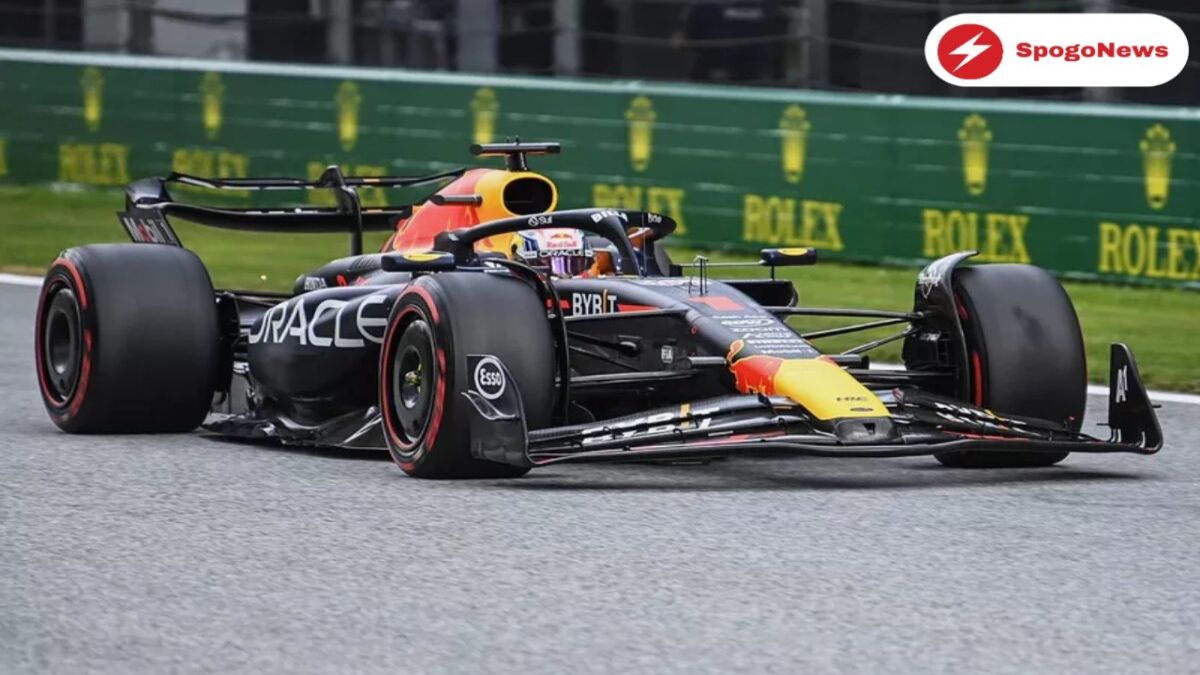(Motorsports news) The DRS advantage of the powerful Red Bull’s RB19, which frequently makes Max Verstappen and Sergio Perez unstoppable on the straights, is one of its most notable features. It has played a significant role in delivering some amazing qualifying results and enabling both drivers to easily pass the competition in races.
Rivals have swiftly grasped the physics at work, but the size of the Red Bull DRS gain sparked suspicions about the existence of a trick system earlier in the year to aid unleash its speed boost. The technology actually has more to do with how Red Bull balances drag levels at the rear of the car than it does with something that runs in a gray area of the rules.
Red Bull purposefully made the decision to have more drag generated by the rear wing than the beam wing, which results in a higher speed increase when the main wing opens. But competitors are unable to simply imitate this strategy because their vehicles lack the performance from the diffuser that enables them to reduce the use of the beam wing, which increases rear end stability and produces high downforce and high drag.
McLaren has started to exert greater pressure in this area, and at the Belgian Grand Prix it unveiled a more effective beam wing in an effort to change the drag ratios at the rear and start unlocking additional DRS gains. However, team president Andrea Stella is adamant that improving the rear of the car in the manner Red Bull did over the last two seasons will take time.
If the beam wing method was crucial to the DRS gain, Stella responded when asked, “They seem to have pursued this concept for some time.” “As a result, I believe they may be benefiting from their extensive experience in creating this kind of configuration. I believe that over time, this has come to light.
“I believe that all teams are currently attempting to see what can be exploited by developing this kind of direction.”
When Red Bull was its closest competitor in the early races, Aston Martin had a significant DRS disadvantage. Aston Martin claims that it is also working in this manner to try to unleash improvements. “I think the updates we brought to Belgium were actually sort of largely along those threads,” performance director Tom McCullough remarked.
It has to do with how the car’s entire back end interacts. Everything on the back of the car, including the rear brake equipment, the diffuser, the beam, and the rear wing, is in harmony with one another. “They are sucking everything out of the back of the automobile, and the ratios you play between those are obviously important.
When you open up DRS, you want a large, old switch in addition to reliable aerodynamics, of course. It also depends on the level of the rear wings and a host of other variables. “We saw Red Bull on top of that at the beginning of last year; they were strong with that last year, and I think everybody has been trying to catch up on that to some extent,” the author said.
Also read: Zhou questions the future of Alfa Romeo F1 over the summer break

